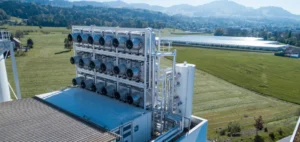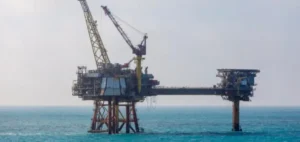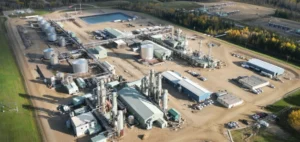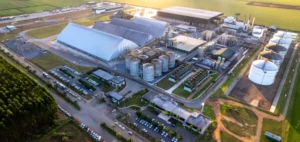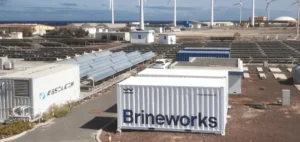Regional carbon exchanges in China are at the heart of strategies to expand the national emissions trading scheme (ETS).
Since their creation in 2013 in Beijing, Tianjin, Shanghai, Hubei, Chongqing, Shenzhen, Guangzhou and Fujian, these platforms have enabled the ETS market to be tested on a local scale.
Each exchange has specialized in niche carbon policy or markets, paving the way for the transition to broader national regulation.
The initial aim was to test local policies before applying them on a national scale, by supporting the issuance of emission reduction credits known as China Certified Emission Reductions (CCERs). Now, these exchanges are playing a key role in China’s climate plan, integrating additional sectors beyond power generation.
The Ministry of Ecology and Environment (MEE) plans to add sectors such as steel, chemicals, non-ferrous metals, paper mills and civil aviation to the national carbon market by 2030 . For example, the Tianjin Stock Exchange already imposes a price on emissions from the oil and gas exploration and production sectors, anticipating future expansion.
Integrating new economic sectors
The Shenzhen, Beijing and Shanghai exchanges have included sectors such as data centers, hotels and shopping malls, which are not yet part of the national plan.
This regulation of tertiary sectors prepares these industries for carbon accounting, while providing Beijing with regulatory flexibility for the future expansion of the ETS.
At the same time, the Shenzhen and Hubei exchanges are targeting light manufacturing industries, such as electronics and medical devices, by testing specific carbon pricing models.
Shanghai, for example, is including transport sectors such as shipbuilding, automotive manufacturing, railroads and ports in its ETS.
These tests help to identify sector-specific challenges and opportunities before including them on a national scale, thus facilitating the transition to a low-carbon economy.
Development strategies for cross-border trade
Opening up to cross-border carbon trading is a growing dimension for some Chinese exchanges.
The Shenzhen stock exchange, which in 2014 obtained a license allowing foreign companies to trade Chinese carbon products, is seeing growth in international trading.
In the first half of 2024, Shenzhen reached a cross-border trading volume of 247 million Yuan, including participants such as BP.
The local government’s plan also includes collaborations with Hong Kong, Macau and the Guangzhou Stock Exchange to create an integrated regional carbon market in the Greater Bay Area.
The Hainan International Carbon Emissions Exchange, set up in 2022, aims to become an international hub for environmental products.
In collaboration with partners such as European Energy Exchange and Intercontinental Exchange, it facilitates the trading of international carbon credits such as those issued by Verra and Gold Standard, rather than using domestic credits.
Innovation in Carbon Finance Products
The Shanghai, Guangzhou and Shenzhen stock exchanges are at the forefront of the development of innovative carbon-related financial products.
They are seeking to replicate the success of commodity futures markets in China, such as the Dalian Commodity Exchange or the Shanghai Futures Exchange.
Instruments such as carbon bonds, carbon funds and repurchase agreements are being developed to enable market players to treat carbon credits as financial assets.
Although these services are still in their infancy, they represent a step towards greater financial integration of carbon markets.
The Guangzhou Futures Exchange, in partnership with the Guangzhou Stock Exchange, is about to launch the country’s first carbon futures product.
This development could mark a turning point by offering new risk hedging opportunities and increasing liquidity in the carbon market.
Engaging Consumers Through Local Programs
Regional exchanges also seek to stimulate emissions reduction through consumer programs.
The Sichuan United Environment Exchange (SUEE), for example, runs the Tanpuhui program, which rewards consumers for purchasing low-carbon goods and services.
Since its launch, the program has attracted over two million participants, offering tradable carbon credits for personal footprint reductions.
Sichuan plans to move towards tradable Tanpuhui credits that would enable companies to offset their own operational emissions.
These initiatives show how regional exchanges are playing a role in raising awareness of carbon management at all levels, while developing adaptable business models for both consumers and companies.
China’s regional carbon exchanges are therefore positioning themselves as versatile platforms, essential to the expansion of the national carbon market.
Their ability to test new regulations, develop financial products and promote cross-border trade places them at the heart of China’s climate and economic strategy.














